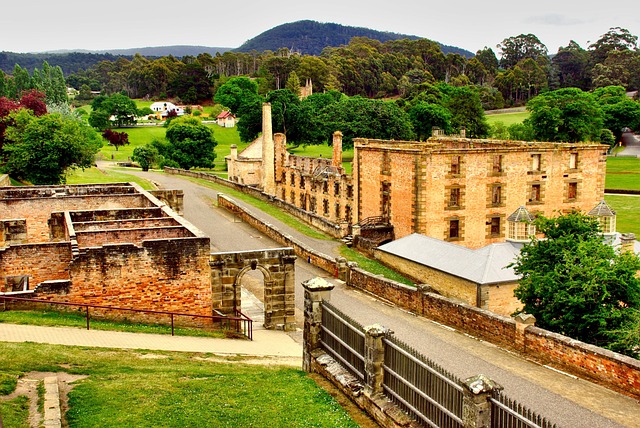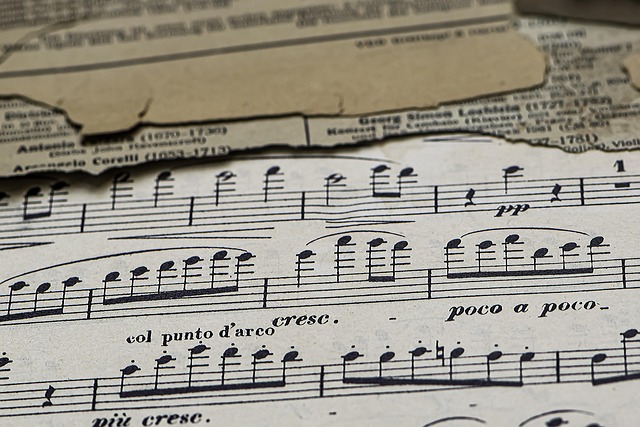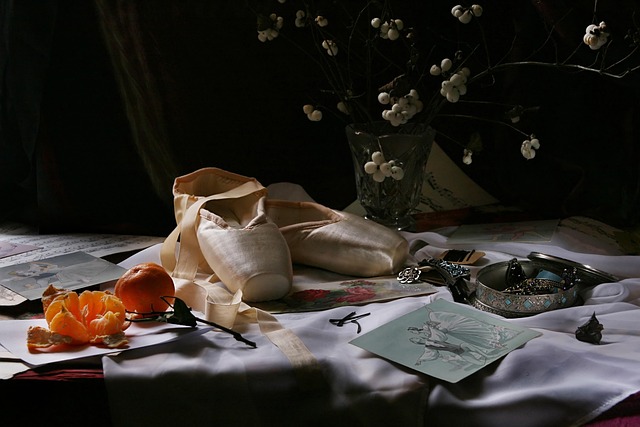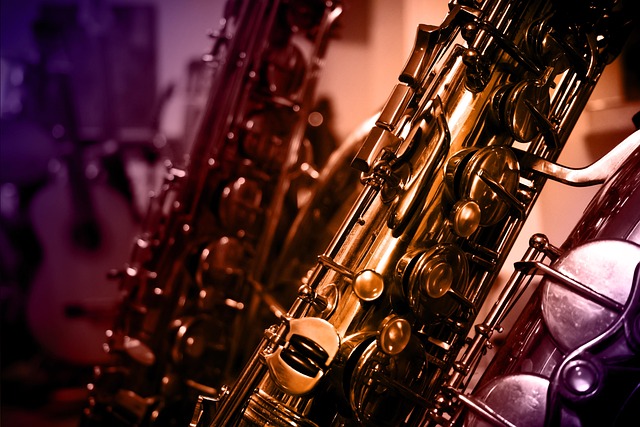In the world of music parties, where rhythm and dance often dominate the narrative, there remains a quiet, elegant tradition that continues to thrive: the classic music celebration. Arthur, a lifelong lover of melody and orchestration, has turned his passion into an annual event that invites friends, colleagues, and music enthusiasts to experience the depth and breadth of classical sound. What makes Arthur’s party stand out is not just the quality of the repertoire but the way he intertwines genre exploration with cultural storytelling, turning each gathering into a living history lesson.
Arthur’s Vision for a Timeless Celebration
Arthur believes that a music party should feel like a journey, not a performance. His vision is simple: start with the familiar and gradually move into the unfamiliar, letting each track open a window to another time, place, or cultural context. The core of his approach is threefold—selection, narrative, and ambiance. By carefully curating the repertoire, weaving contextual anecdotes, and setting a suitable atmosphere, Arthur creates a space where listeners are both passive recipients and active participants in the musical conversation.
Choosing the Right Venue
Venue selection is the first puzzle piece. Arthur prefers intimate, acoustically rich settings—perhaps a renovated library, a historic church, or a conservatory hall—places that resonate with the resonance of strings and the subtlety of woodwinds. The choice of space does more than host sound; it anchors the listener in a setting that reflects the era or culture represented in the music. For instance, a baroque piece gains authenticity when performed in a hall with period‑accurate architectural details, while a folk-inspired chamber work feels more grounded in a room filled with natural light and earthy décor.
Exploring Musical Genres
Classical Symphony
Symphonies are the pillars of the classical canon. Arthur starts many evenings with a sweeping orchestral work that showcases the grandeur of 19th‑century craftsmanship. Whether it is a lush Mahler movement or a crisp Mozart overture, the symphonic opening sets the emotional tone and primes the audience for more intimate passages that follow.
Romantic Era
Moving into the Romantic era, Arthur brings listeners closer to personal expression and emotional depth. Pieces by Schumann, Brahms, and Tchaikovsky offer rich textures and dramatic contrasts that engage the audience’s imagination. Arthur often pauses after a particularly moving movement to share a brief story about the composer’s personal life or the historical context of the piece.
Modern Classical
Arthur’s programming never stops at the traditional. He frequently includes modern classical works that push harmonic boundaries and experiment with new forms. From the spectral textures of Ligeti to the rhythmic complexity of Glass, these selections highlight how classical music evolves while still maintaining its core identity.
World Music Influences
In recent years, Arthur has broadened his definition of “classical” to include compositions that fuse Western traditions with global musical languages. He introduces pieces that blend Western orchestration with Indian ragas, African rhythms, or Latin American folk motifs. This cross‑cultural approach not only expands the audience’s palate but also underscores the universal language of music.
Cultural Significance of Music
Historical Context
Arthur takes time to explain how each genre developed in its time. He shares how the Classical period’s emphasis on clarity and balance emerged as a reaction against the excesses of Baroque music, or how Romantic composers used music to explore national identity. By providing this historical backdrop, listeners appreciate not just the sound but the societal forces that shaped it.
Community Engagement
Beyond education, Arthur’s party encourages community. He invites local musicians, conductors, and even non‑professional singers to perform alongside the main program. This collaboration fosters a sense of ownership and ensures the event remains rooted in the community it serves.
Party Essentials
- Acoustically tuned venue
- Curated program that balances familiar and novel pieces
- Informative program notes with historical anecdotes
- Comfortable seating for attentive listening
- Refreshments that reflect the music’s cultural background
- Live commentary or Q&A segments to engage the audience
Encore: Future Directions
Looking ahead, Arthur is exploring collaborations with contemporary composers who write for mixed ensembles that blend traditional instruments with electronic elements. He also plans to host a series of workshops where attendees can experiment with composing short pieces inspired by the genres covered during the party. These initiatives aim to nurture new talent and ensure that the legacy of classical music continues to adapt and flourish.
“Music is a living conversation across time and space,” Arthur often says. “By inviting people into the dialogue, we keep the past relevant for the present and the future.”
Arthur’s classic music party stands as a testament to the enduring power of orchestral and chamber sound, while simultaneously embracing the evolving landscape of global musical traditions. By inviting listeners into a carefully curated, culturally rich experience, he turns an ordinary gathering into a memorable exploration of music’s past, present, and potential. Whether you’re a seasoned aficionado or a curious newcomer, Arthur’s celebration offers a chance to listen, learn, and connect with the timeless spirit that defines classical music.




